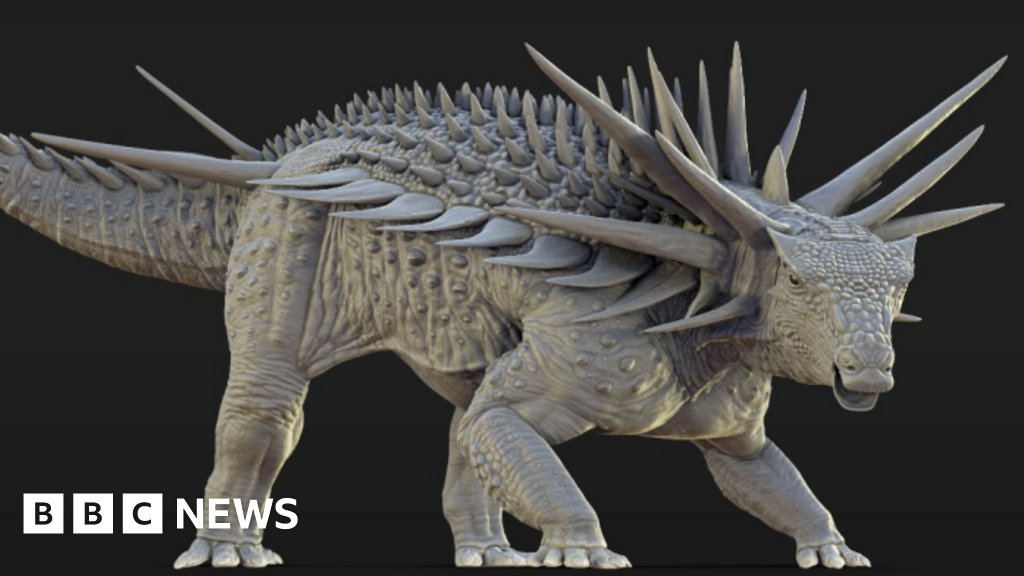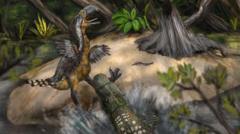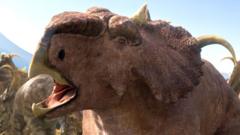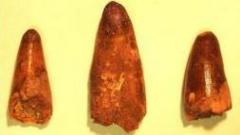Scientists have unveiled a groundbreaking discovery of a new dinosaur species housed in a Mongolian museum, one that they claim fundamentally alters the established narrative of tyrannosaur evolution. The two fossilized skeletons, dating back 86 million years, belong to a hitherto unknown species identified as Khankhuuluu mongoliensis, signaling its status as the closest known ancestor to all tyrannosaurs, including the famed T.rex.
The title of the new species translates to "Dragon Prince of Mongolia," with researchers indicating that "Prince" reflects its smaller, early lineage within the tyrannosauroid family. Prof. Darla Zelenitsky, a palaeontologist at the University of Calgary, emphasized the significance of understanding the evolutionary lineage from these smaller hunters to the larger predatory dinosaurs that dominated the landscape.
PhD student Jared Voris, who spearheaded the research alongside Prof. Zelenitsky, detailed how these earlier tyrannosauroids were diminutive and swift, sharing their ecosystem with larger predators. The discovery of Khankhuuluu marks a pivotal transition in the evolutionary path toward the imposing giants like T.rex. Weighing approximately 750kg, Khankhuuluu is significantly lighter compared to an adult T.rex, which could reach weights of up to eight tons.
"This is a transitional fossil that bridges the gap between early ancestors and the grand tyrannosaurs," Prof. Zelenitsky stated, underscoring that these new findings have compelled researchers to revise the tyrannosaur family tree.
The fossil also showcases early developmental traits that were critical to the prowess of later tyrannosaurs, including advanced skull structures known to bolster bite strength. Voris noted, "We observe features in its nasal bone that later endowed tyrannosaurs with powerful biting capabilities." This evolutionary advantage facilitated their ability to hunt larger prey, effectively allowing species like T.rex to dominate their environment.
The skeletons were unearthed in Mongolia in the early 1970s and were provisionally classified as Alectrosaurus. However, upon later scrutiny, Voris recognized distinct tyrannosaur-like characteristics setting them apart, igniting excitement in the palaeontological community.
Voris explained that the ability of these dinosaurs to traverse between North America and Asia, facilitated by land bridges linking present-day Siberia and Alaska, enabled them to adapt and thrive in various ecological niches over millions of years. In concluding remarks, Prof. Zelenitsky reflected on this discovery, stating, "This finding reveals that even before becoming the kings of their domain, tyrannosaurs were, indeed, princes."














